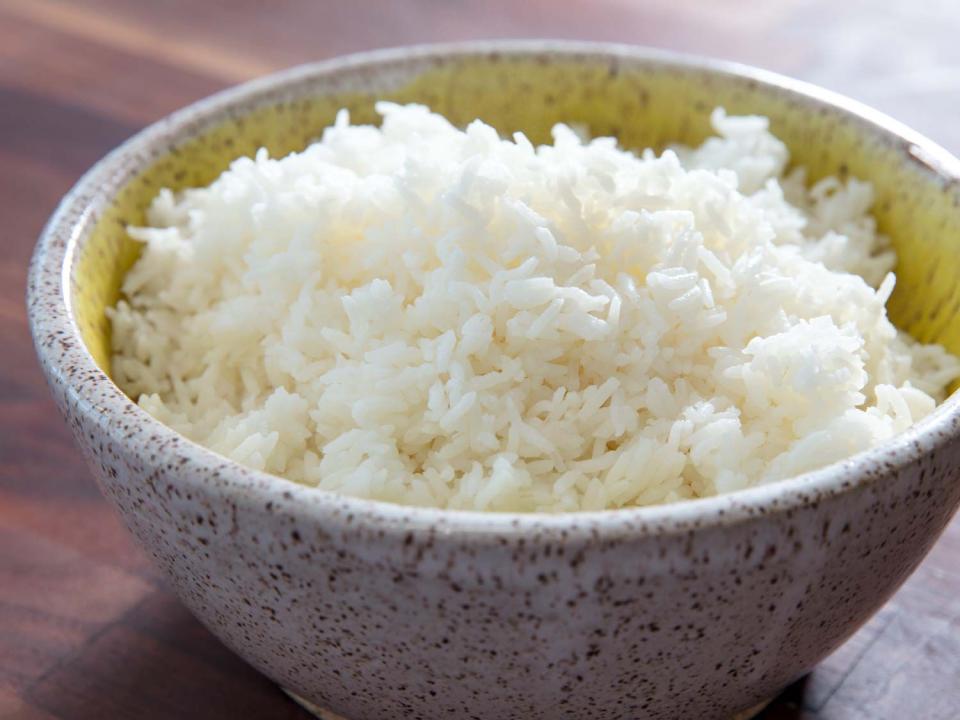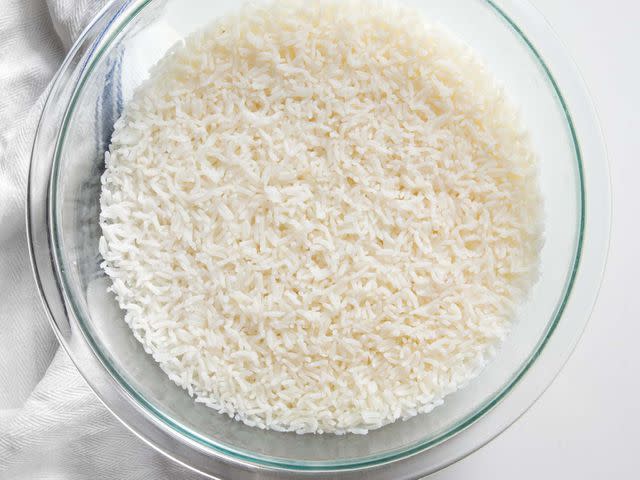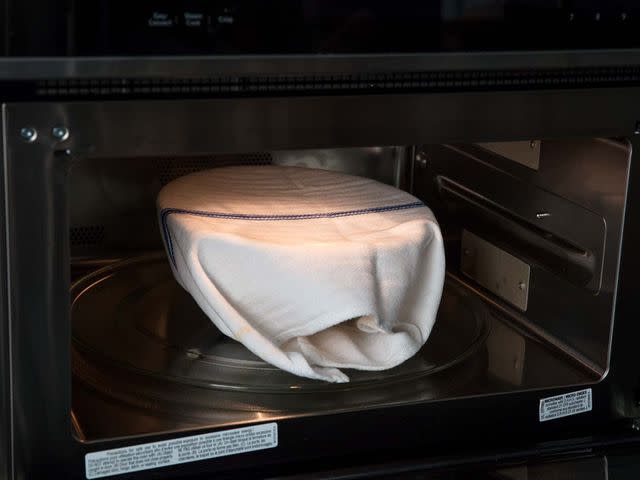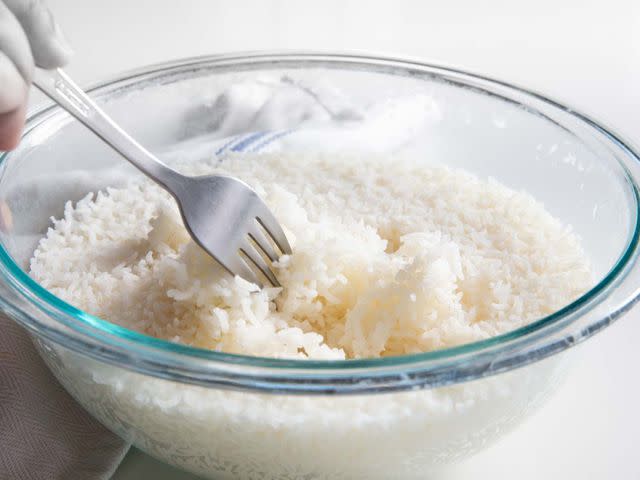How to Make Rice in the Microwave
Here's how to get perfectly fluffy results.

Serious Eats / Vicky Wasik
I know plenty of folks who condemn the microwave as an instrument of evil, a tool that's fit only for spitting out somber Hungry-Man dinners and stale Bagel Bites. But the microwave can be useful for countless tasks beyond the usual popcorn and reheating of leftovers.
In just minutes, it can dry herbs while preserving their flavor and bright color, and it can evenly toast nuts in a fraction of the amount of time it takes for you to preheat a large oven. A microwave is even a great tool for cooking up small portions of fluffy white rice when you’re caught without a stovetop or rice cooker, or just can’t be bothered with a pot.
Cooking rice in the microwave doesn’t take any less time, but it's convenient for other reasons. It’s a supper-saver in my tiny two-burner kitchen, freeing up space for sauté pans and Dutch ovens. It’s also ideal for small portions if you cook just for one or two. Best of all, it means there’s one fewer dish to clean, because I can cook and eat my rice right out of the same bowl—and I’ll never argue against easier cleanup.
How to Cook Rice in a Microwave

The microwave method works best for a half cup to two cups of dry rice. I start out with short-, medium-, or long-grain white rice* that I've thoroughly rinsed with warm tap water. Using warm tap water to rinse the rice helps it cook up evenly, as it will begin hydrating during the rinsing process.
*Brown rice takes more time and liquid to cook, and therefore isn’t well suited to microwave cooking.
I then add the amount of liquid as directed on the package, as the proper ratio of rice to water can vary depending on the particular kind of rice. Although tap water is fine, if I want to dress things up, I’ll reach for stock or instant dashi, along with salt, butter, or other seasonings. I also add an extra splash of water—about two tablespoons—to account for the additional evaporation that occurs in the microwave versus a tightly covered pot or rice cooker.

Serious Eats / Vicky Wasik
I cover the rice with a clean dish towel or paper towel before cooking on high for 10 minutes, followed by 15 more minutes on medium. The towel covering the rice absorbs excess steam, preventing the rice from growing soggy while also keeping the top layer of rice from drying out. A tight-fitting lid will only cause the water to boil over, making a mess of the microwave and throwing off your liquid-to-rice ratio.

Serious Eats / Vicky Wasik
Now all that’s left to do is fluff it with a fork and dig in!
September 2018

